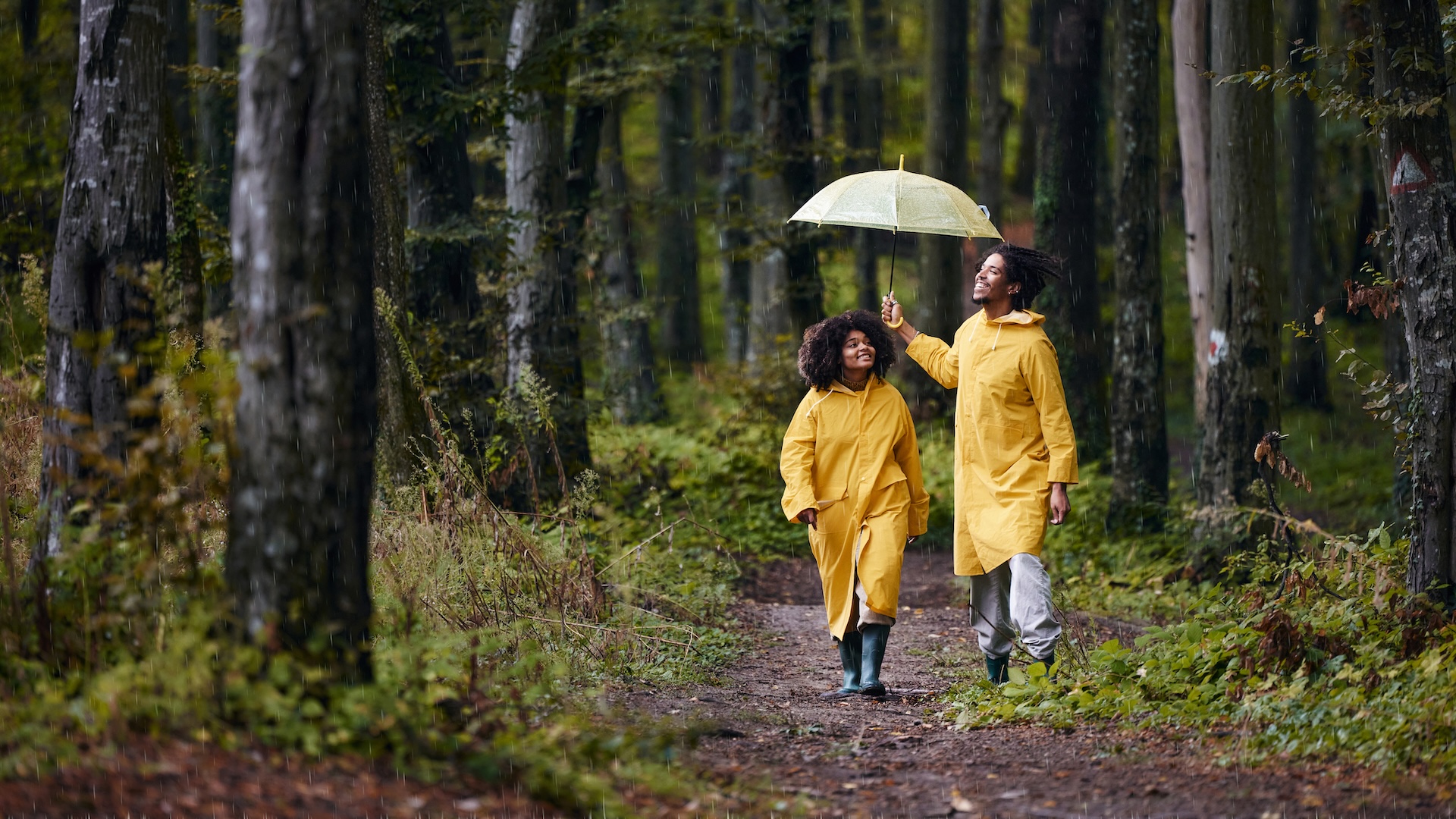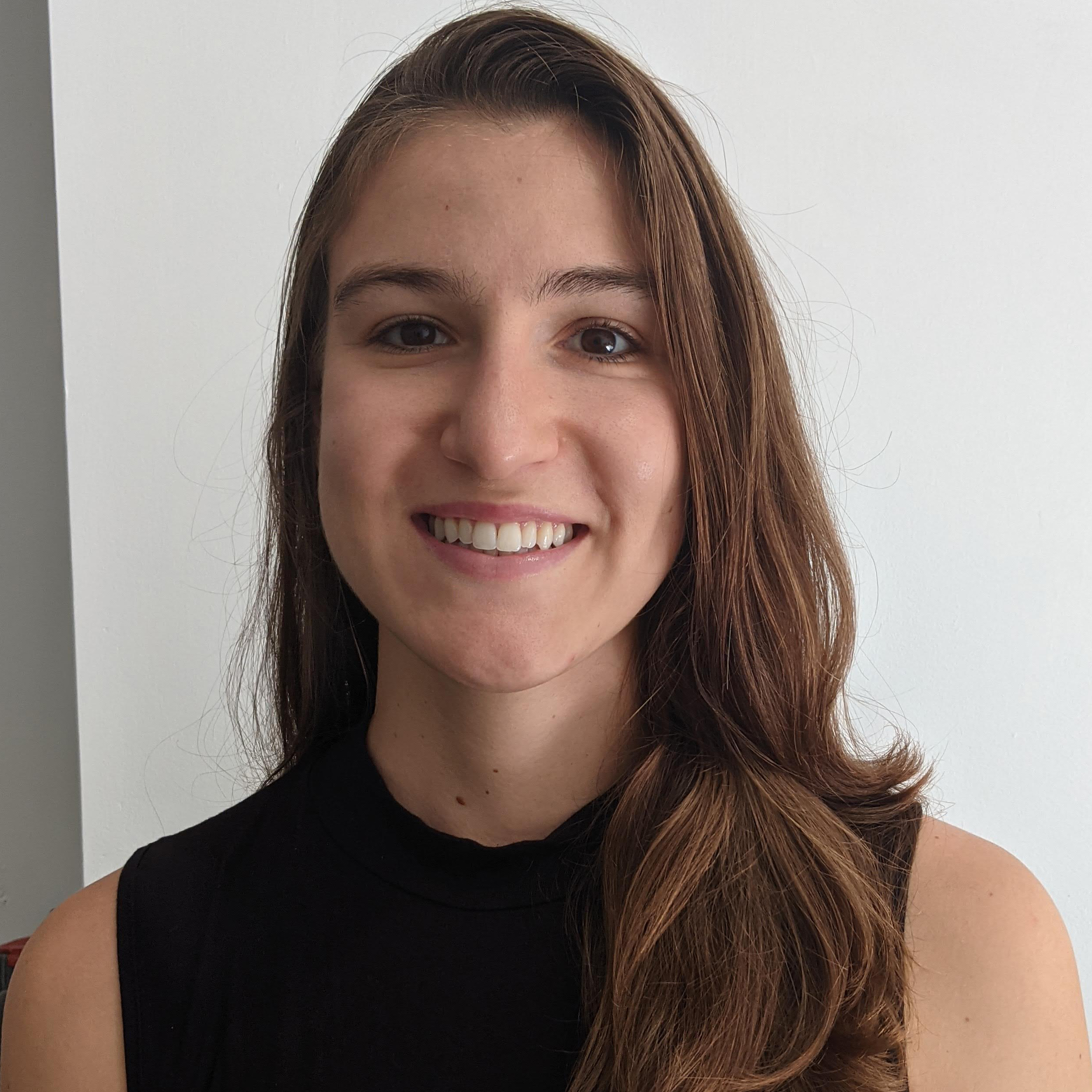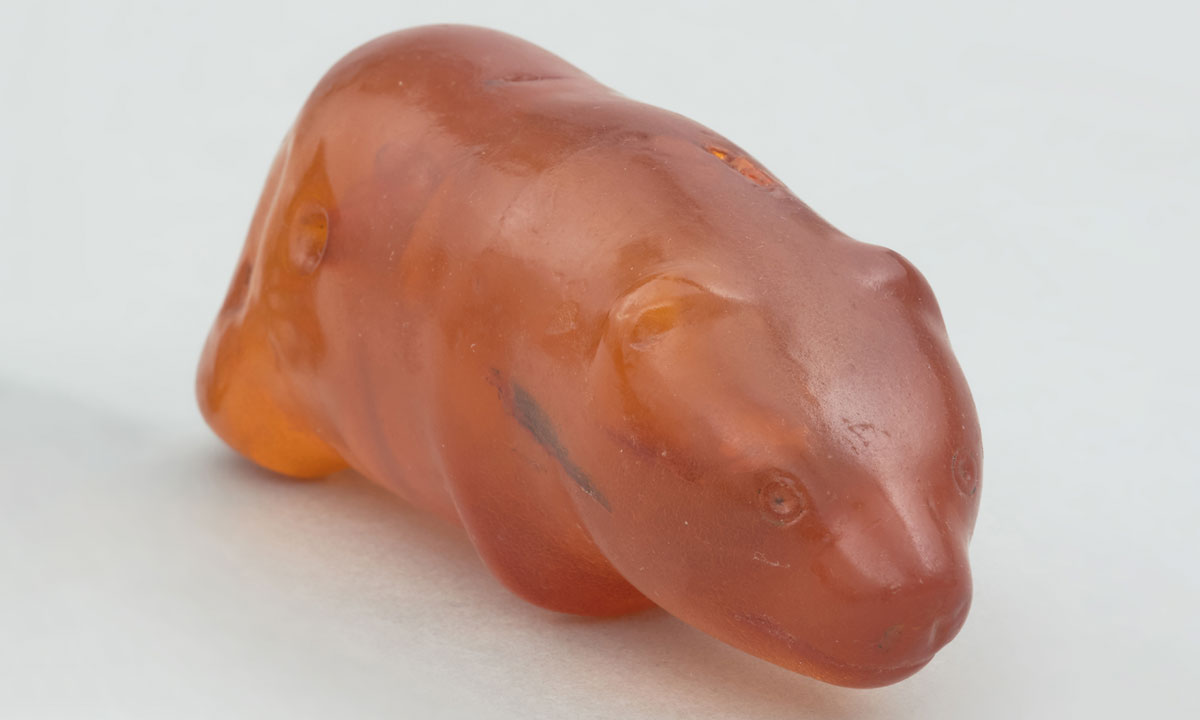
What does a weather report of 30% chance of rain mean?
A percent chance of precipitation shows the probability there will be at least 0.01 inch of rain, snow or sleet at a given location.

The local weather forecast helps you plan your day. But if you're checking if it's going to rain, for example, you won't usually see a "yes" or "no" in the forecast. Instead, most weather reports give precipitation as a percentage. So what does this "percent" mean?
The percent chance of rain or snow is called the probability of precipitation (POP). This is the probability that there will be at least 0.01 inch (0.25 millimeters) of precipitation at a given location, according to the National Weather Service (NWS). For example, a Tuesday weather report of "30% rain" in Atlanta means there is a 30% chance it will rain at least 0.01 inch in Atlanta on Tuesday.
It does not mean that it will rain 30% of the day, or that 30% of Atlanta will see rain. Nor does it indicate how heavy the rain will be. A brief afternoon thunderstorm could bring more total precipitation than all-day misty drizzle, for example.
"It can really trip you up if you make that misconception," Matt Jeglum, deputy chief of the Science and Technology Infusion Division at the NWS' Western region headquarters, told Live Science.
The point of giving rain and snow forecasts as a percentage is to help people make informed decisions, he said.
Related: Is climate change making the weather worse?
So a 30% POP means you could sneak in an afternoon run without getting wet — or you might get drenched. But if you hate rain, you'll have to decide whether it's worth the risk.
Sign up for the Live Science daily newsletter now
Get the world’s most fascinating discoveries delivered straight to your inbox.
Predicting the POP
The United States began nationwide probability forecasting in 1965. Much of forecasting involved human intuition from studying weather maps, Jeglum said. During the 1970s, statistical models helped develop and expand these forecasts, according to a 1998 article in the journal Weather and Forecasting. Now, the NWS uses an ensemble of 30 weather models to make forecasts, Jeglum said.
These models are like "parallel universes" that start the same but evolve differently, Jeglum said. There may be precipitation in some models and not in others. In the example of a 30% POP, that would mean that there was precipitation — rain, snow or sleet — in three out of the 10 models (parallel universes).
Today's physics-based models are basically equation calculators, Jeglum said. They make their calculations using information on the current temperature, moisture and wind speed.
This data are collected through satellites, radar, ground stations and weather balloons. These balloons are released into the atmosphere twice every day to collect a snapshot of atmospheric conditions, according to the NWS.
That information is fed into servers on the ground, where models use physics and calculus to forecast weather conditions, Michael Souza, a certified consulting meteorologist, told Live Science.
"Whether it's right or wrong, that's for us to decide," Souza said. Meteorologists use a variety of models to make forecasts; there is no one standard around the world, he said. So they must use their own scientific reasoning to determine which model predictions are more accurate. Many times, the models are calibrated — using statistics and, sometimes, artificial intelligence — to ensure that their probability predictions are accurate and not biased by variations between the model's approximations and the actual atmosphere, Jeglum said.
Even with these steps to ensure accuracy, the forecasts often change because of the dynamic nature of the atmosphere. Still, since the 1970s models have provided meteorologists with huge gains in predicting weather multiple days in advance, Jeglum said.
"We have pretty good skill at [answering] 'will it rain or not?' five or seven days out," he said. "Despite the stereotype that meteorologists aren't very good at their job."

Hannah Loss is a science journalist based in Boston. She covers the environment and has written for Scientific American, Sierra and Inside Climate News. Hannah graduated from Tufts University with a B.A. in English and environmental studies. She received a Master's degree in journalism from NYU's Science, Health and Environmental Reporting Program.










